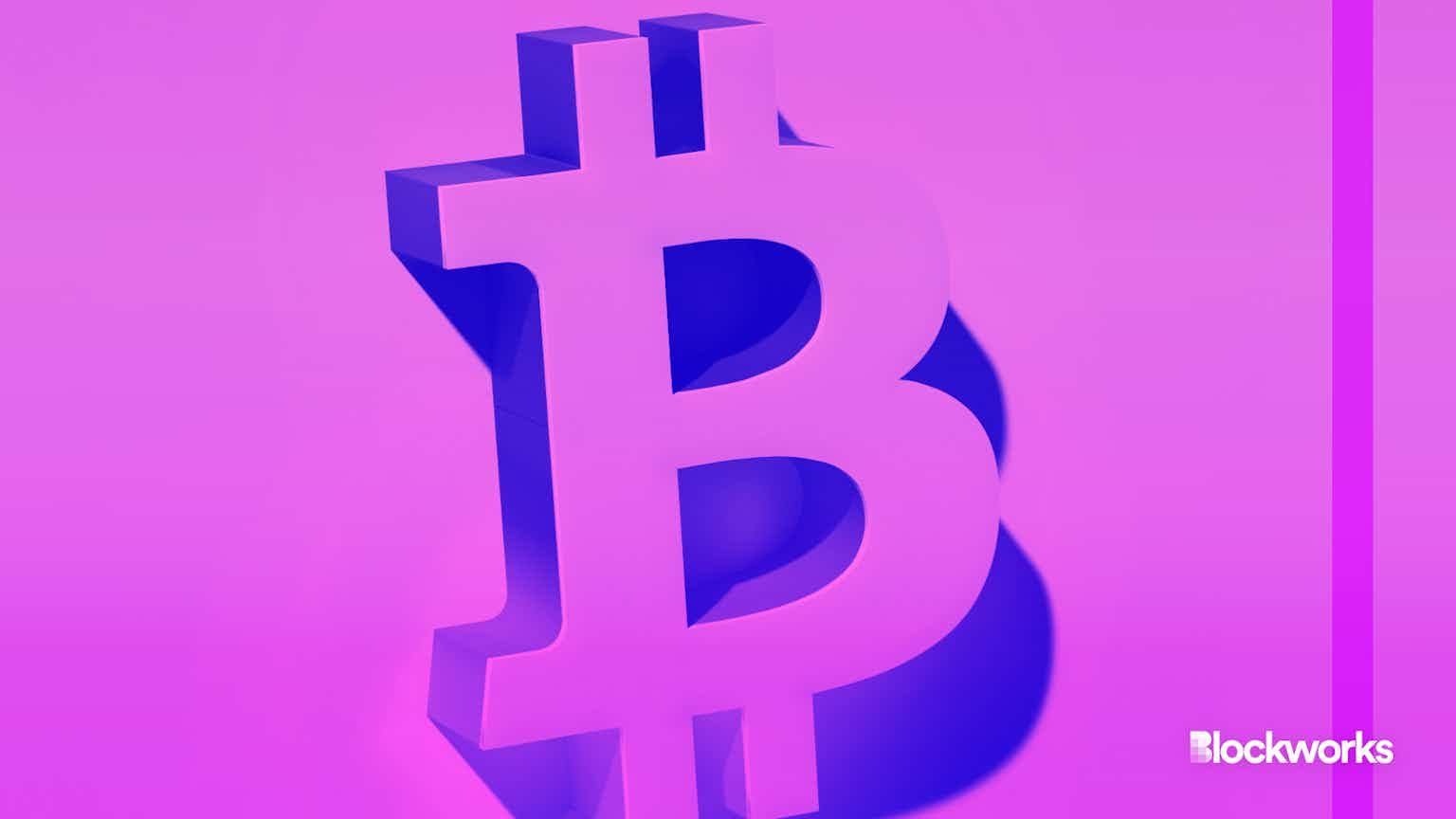This Bitcoin halving will be different — the institutions are here
I believe that the upcoming halving will be unlike any other that came before it for one key reason: Professional investors have entered crypto

Artwork by Crystal Le
Shortly after Bitcoin’s 15th “birthday” in January 2024, the digital asset community crossed a long-awaited turning point — the US Securities and Exchange Commission’s approval of 11 spot bitcoin ETFs.
To many industry participants, this marked digital assets’ decades-long transformation from a niche curiosity among “cypherpunks” to an alternative asset class garnering serious attention from some of the world’s largest asset managers.
The community is now bracing for another major milestone in the coming weeks — the fourth Bitcoin halving. Crypto natives know the drill: The previous three halvings have largely followed a distinct pattern of heightened market activity, causing prices to rally before moving into a correction phase.
While we can look to the past to anticipate how the market might respond, I believe that the upcoming halving will be unlike any other that came before it for one key reason: Professional investors have entered crypto.
Read more from our opinion section: The 2024 halving could usher in a new era for Bitcoin
For the first time in conjunction with a halving, private wealth, family offices and large traditional financial institutions have started meaningfully incorporating digital assets both into their investment portfolios and product offerings. It is a shift in how the entire industry has been operating, and it means that this halving’s aftereffects will be different from all the rest.
From esoteric niche to professionally managed asset class
Each Bitcoin halving over the past 15 years has marked a milestone in the evolution of digital assets.
At the first halving in 2012, digital assets remained an esoteric niche driven by the technological curiosity and libertarian ethos of early adopters.
During the second halving in 2016, mainstream awareness had intensified, so much so that the world’s leading derivatives marketplace, CME Group launched its Bitcoin price indices later that year, laying the first foundations for what was then nascent institutional curiosity.
By the third halving in 2020, the landscape had transformed dramatically, with digital assets capturing the hearts and wallets of retail investors. The proliferation of user-friendly investment platforms catalyzed accessibility, which in turn fuelled a surge in mainstream adoption.
Read more: The history of Bitcoin halvings — and why this time might look different
Yet as of 2020, the majority of professional investors remained on the sidelines of crypto amid lingering questions about the asset class’ role in a credible investment portfolio and its legal standing. Those who were prepared to get their feet wet soon realized there was a lack of trusted exchanges, platforms and custodians that could uphold the regulatory, operational and security standards expected of any professional counterparty. The demand for experienced institutional-grade counterparties remained unmet in the digital asset space, especially in Asia. It was a key driver in our decision to launch DBS Digital Exchange in December 2020. Recognizing the market gap, other financial institutions have also launched digital asset platforms since then.
Everything changed in 2022, when the industry suffered a massive crisis of confidence following the billion-dollar collapses of major crypto exchanges and hedge funds. Notably, these events were triggered not by a failure of blockchain technology but instead by poor risk management and corporate governance. Investors — once bitten twice shy — realized that relying on unregulated platforms meant exposing their digital asset portfolios to significant operational and technology risk, in addition to the already complex task of managing a highly volatile asset class.
To mitigate these risks, investors began to either self-custody their portfolios or shift their digital assets into trusted platforms — often, those that adhere to the same benchmarks expected of traditional financial institutions, particularly in the areas of risk management, asset segregation, financial stability and anti-money laundering. Regulators in key financial hubs such as Singapore also began imposing requirements on digital asset platforms to meet these standards as well. Digital asset platforms, recognizing these structural changes, either adapted accordingly, uprooted to jurisdictions with less robust requirements or exited the business entirely.
Far from sounding the death knell for the industry, the worst crisis to befall digital assets actually triggered its transformation into a professionally managed asset class.
No longer sitting on the fence
With this timeline in mind, what can we expect from the fourth Bitcoin halving?
Given that each halving marks a reduction in the supply of new Bitcoins mined, we will likely witness a period of strong buying demand in anticipation of a rally, just like in previous halvings. This has already started, with bitcoin recently breaking its previous all-time high.
However, what will set this halving apart is the wave of professional investors — who were previously on the fence — now overcoming past skepticism to enter a more professionally-run market. We could also witness market participation from asset management firms and funds, like spot ETFs, with their newfound appetite to deal with cryptocurrency.
Read more: The Bitcoin halving is about a month away — here’s what you can expect
This trend has already begun. A Glassnode report shows that the supply of Bitcoin held by large entities — such as institutions, funds, custodians and OTC desks — increased by 13.4% from 2020 to 2021, and that the number of large entities holding Bitcoin itself increased by more than 27%. Fast-forward to 2023: A torrent of institutional-focused bitcoin products pre-ETF approval, (and expectations of an actual ETF approval), arguably contributed to the rally that began toward the end of last year. According to research by Coinshares, 2023 saw $2.25 billion of inflows into digital asset investment products, the third largest year of such inflows since 2018.
The stage is set for professional investors to expand their share of participation in the market. Unlike previous halvings where bitcoin prices corrected sharply within months after a new all-time high, the post-halving sell pressure this time may be moderated due to this new composition of investors.
As these new investors bring the weight of their capital to bear, they will also bring along a heightened awareness of the risks that come with unlicensed and untested platforms. As such, this time professional investors will place greater emphasis on working with counterparties sporting the right credentials, thereby enabling them to focus on managing the investment aspects of their portfolios with complete peace of mind, and not having to fret over managing operational and technology risk.
These “right” credentials include infrastructure and practices such as bankruptcy remoteness, regular independent audits, robust cybersecurity, tested risk management processes and adequate liquidity protections.
Moreover, as digital assets get increasingly adopted into alternative portfolios, platforms that seamlessly integrate with other financial services — such as the ability to manage digital assets alongside traditional assets, or access to tokenized investment opportunities – could also have a competitive advantage over pure-play digital asset platforms.
The ecosystem of platforms in the market will inevitably gravitate in this direction as professional investors will be more comfortable working with such counterparties. Taking everything into consideration, the fourth Bitcoin halving is poised to set itself apart as the turning point that crystalized a transformative shift in the digital asset industry — one that has matured into a trusted and professionally-run ecosystem.
Start your day with top crypto insights from David Canellis and Katherine Ross. Subscribe to the Empire newsletter.





